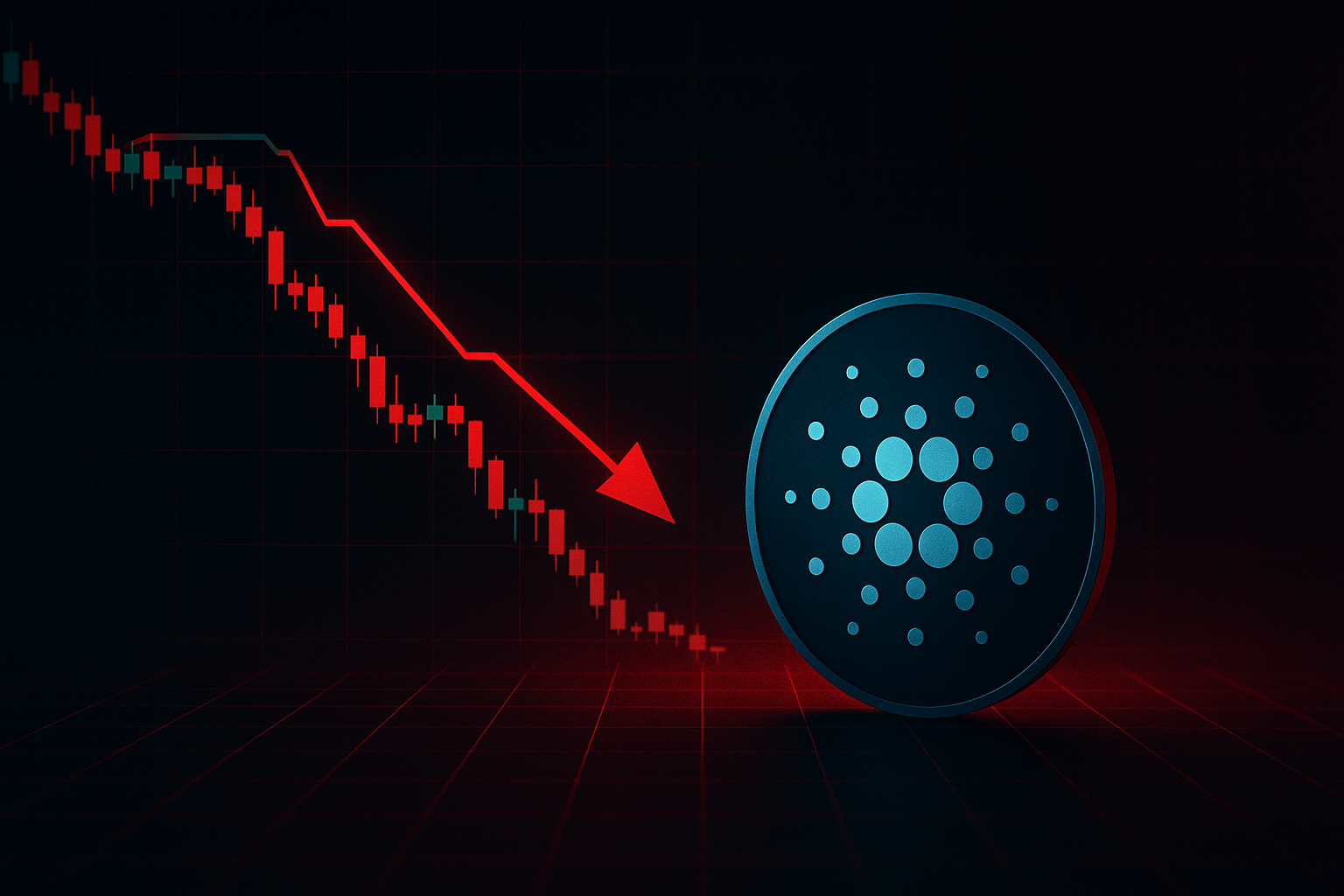Detailed Guide to Understanding The Cardano Chang Hard Fork - Herald Sheets
A hard fork is a significant update to a blockchain that creates a new chain running parallel to the original but with different features or protocols. Mostly, the forks bring considerable changes and can sometimes divide the community since different participants may prefer one version instead of the other. This new version is not backward

A hard fork is a significant update to a blockchain that creates a new chain running parallel to the original but with different features or protocols. Mostly, the forks bring considerable changes and can sometimes divide the community since different participants may prefer one version instead of the other.
This new version is not backward compatible with the earlier one. This is why it is referred to as a ‘hard fork,’ meaning it is a more drastic alteration to a blockchain.
One can picture a hard fork encountering a crossroads with the path ahead posing two different trails. A person cannot switch back after choosing a path since every trail leads to a separate destination.
Are Soft Forks Similar to Hard Forks?
Soft forks are backward-compatible changes. They introduce new guidelines compatible with the old blockchain, meaning that non-upgraded nodes can still identify the new blocks as valid.
The Segregated Witness (SegWit) upgrade executed on the Bitcoin network constitutes a soft fork. Different from a hard fork, SegWit hardly generated a new blockchain but instead modified the existing Bitcoin blockchain.
A soft fork is similar to encountering a path that has been broadened or slightly altered. The new features smoothen the journey or include additional options, but one still heads in the same direction.
Comparison of Chang with Previous Cardano Upgrades
Byron era (foundation)
The era was unveiled in 2017, and the network’s core was established. This included unveiling the ADA cryptocurrency and the creation of the Daedalus wallet.
The era was a federated stage, where the network was managed by a group of nodes controlled by Emurgo, IHOK, and the Cardano Foundation.
Shelley hard fork (decentralization)
It was implemented in July 2020 and marked the network’s shift from the Byron era. It unveiled staking and delegation, permitting ADA holders to play a role in securing the network by running their stake pools or delegating their ADA to existing pools.
Goguen Era
The Alonzo hard fork was completed in September 2021 and initiated the Goguen era. This improvement permitted developers to develop and deploy decentralized applications on the blockchain, considerably boosting the network’s capabilities past basic transactions.
Basho era
This era aims to optimize Cardano’s performance and scalability. It entails several improvements and updates, for instance, the Vasil hard fork.
Voltaire era
This era enhances the final pieces needed for the Cardano network to be self-sustaining.
The Chang Hard Fork’s Technical Aspects
It brings numerous critical upgrades that improve the performance and capabilities of the network.
Decentralized Governance Mechanisms
Via Chang, Cardano initiates on-chain governance processes. The elements foster community-enhanced decision-making, permitting stakeholders to directly influence protocol alterations and network governance.
Onchain Voting
Chang facilitates on-chain voting, a crucial aspect of decentralized governance. The feature permits stakeholders to suggest and vote on protocol alterations and other governance-associated matters directly on the blockchain.
Onchain voting promotes accountability and transparency in decision-making since all proposals and ledgers are recorded on the ledger. Hence, the community can participate in and witness the governance process.
PlutusV3 Ledger Language Improvements
PlutusV3 unveils advanced cryptographic capabilities and primitives that improve smart contracts’ security and functionality on the network. Critical enhancements entail:
- New hash primitives
- BLS12-381 primitives
- Bitwise primitives
- Sums of products (Sops)
What are Extra Functionalities of Chang Hard ForK
Examples of additional functionalities include:
- The minFeeRefScriptsCoinsPerByte protocol parameter
- Reference scripts for Plutus v1
- Changes to SPO deposits
- General ledger guidelines enhancements
Prospects Post-Chang Hard Fork
The hard fork is the start of the Voltaire era. The initial stage entails unveiling an interim version of the Cardino constitution by Intersect, while the second stage will further decentralize governance by unveiling dReps.
Despite promising prospects, the journey to total decentralization has some challenges. For example, ensuring the election of a diverse and representative group of community members to the CC will be critical.
There is also a possibility for fragmentation within the community, particularly with the testing and refining of new governance mechanisms. Chang Hard Fork’s success will rely on the community’s capability to cooperate effectively and make the right decisions concerning its future.
Editorial credit: Dennis Diatel / Shutterstock.com
Post navigation
Delegate Your Voting Power to FEED DRep in Cardano Governance.
DRep ID: drep12ukt4ctzmtf6l5rj76cddgf3dvuy0lfz7uky08jfvgr9ugaapz4 | We are driven to register as a DRep by our deep dedication to the Cardano ecosystem and our aspiration to take an active role in its development, ensuring that its progress stays true to the principles of decentralization, security, and community empowerment.DELEGATE VOTING POWER!




